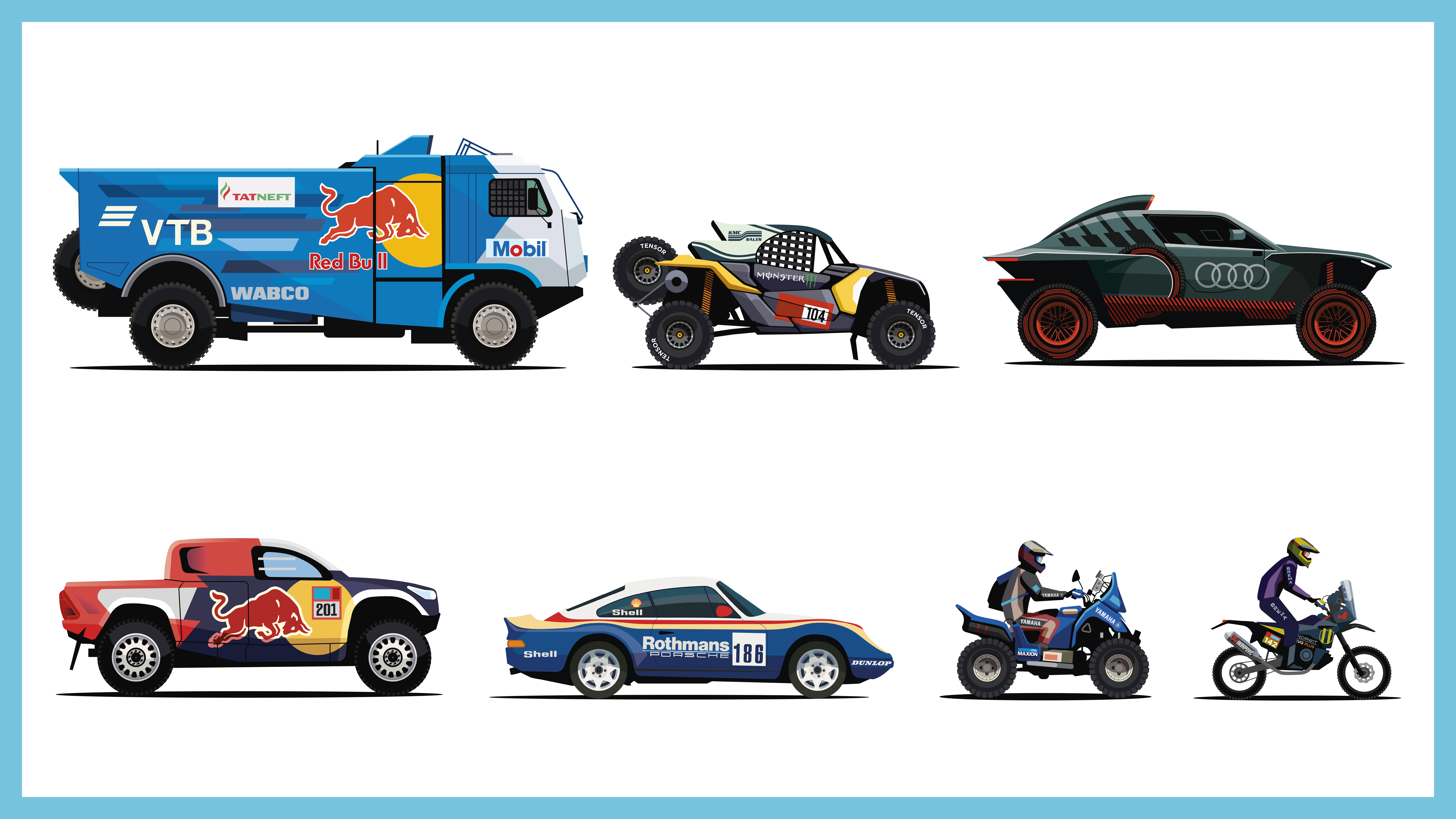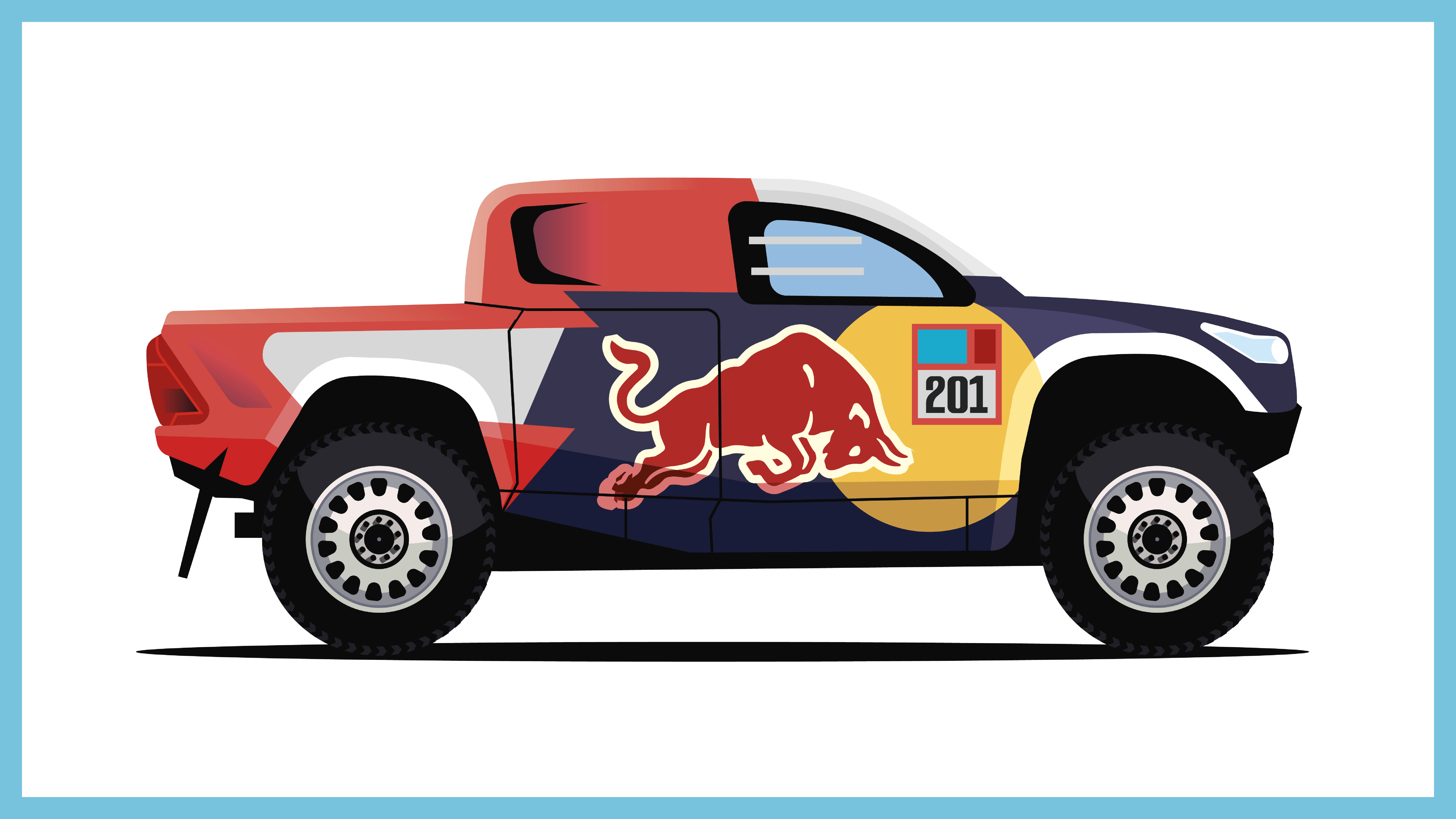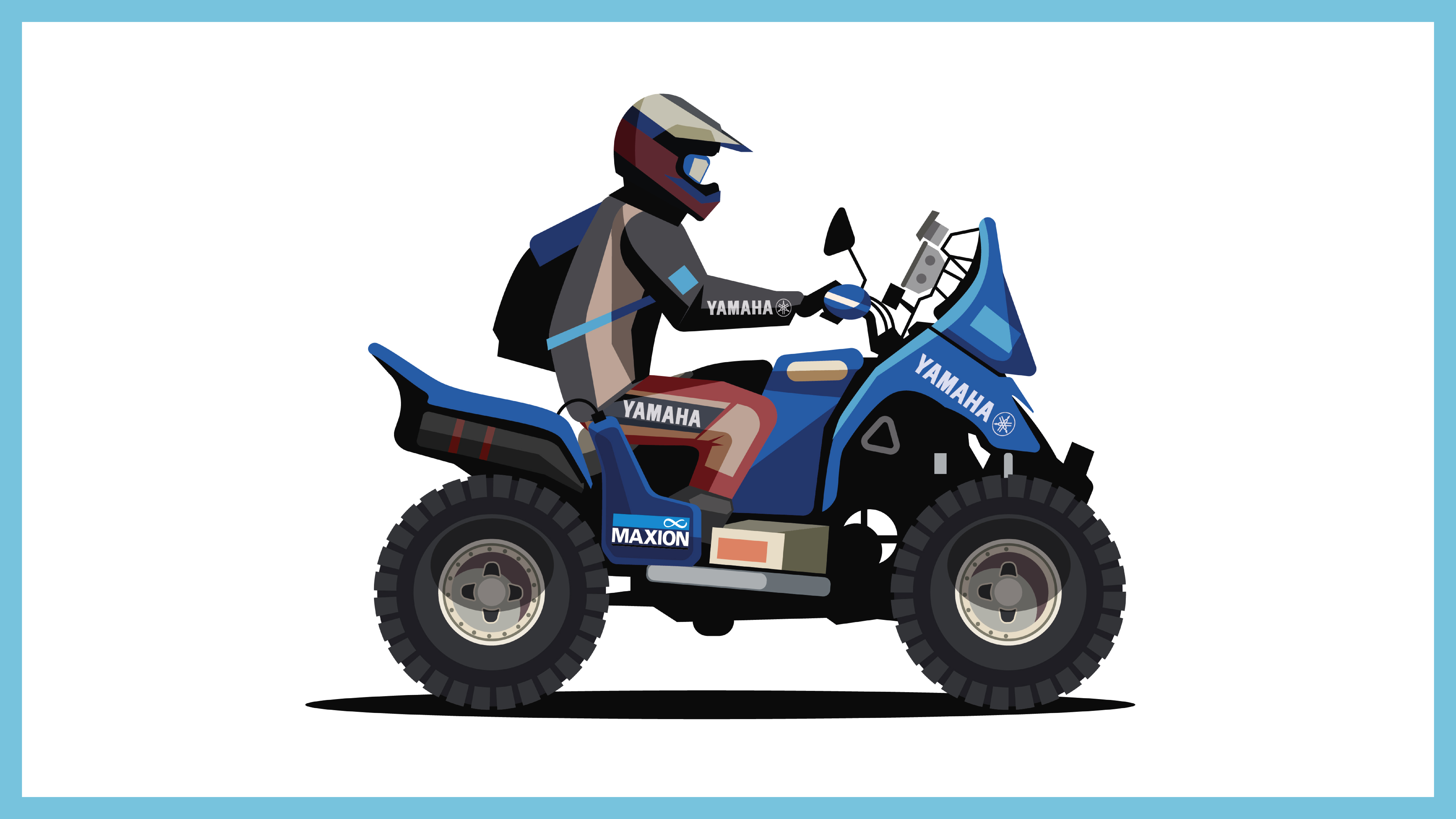
A beginner’s guide to all the amazing vehicles aiming for Dakar Rally glory
Entry lists get no more diverse than that of *the* endurance rally raid. Let TG be your guide
As 2024 dawns, it’s time to look forward to a new motorsport season. But forget waiting ‘til March for F1 or counting down the days to a Le Mans pilgrimage in the summer – the motorsport season starts right now. Albeit over in the Arabian Desert, meaning packing a tent, stickering up for your car and booking a ferry is only for the hardiest of spectators. Yep, it’s Dakar Rally time.
*The* rally raid enters its 46th year and its fifth in a row in Saudi Arabia. And though you’ll find Audi, Ford, Mini and Toyota at the thick end of the grid, this is no ordinary entry list. You’ll not be looking at a lightly rebodied A3 or Cooper, for starters, with the big-ticket manufacturer entries looking so much more dramatic than their distant road car relatives.
Joining them in the world’s gnarliest sandpit is an abstract mix of machinery ranging from two-wheeled bikes, four-wheeled quads and cars and domineering six-wheeled trucks… plus so much more. Struggling to envisage it all? Fear not, for you can hurdle that lingering New Year’s hangover and those already failed resolutions with our distracting Dakar Rally guide…
Cars
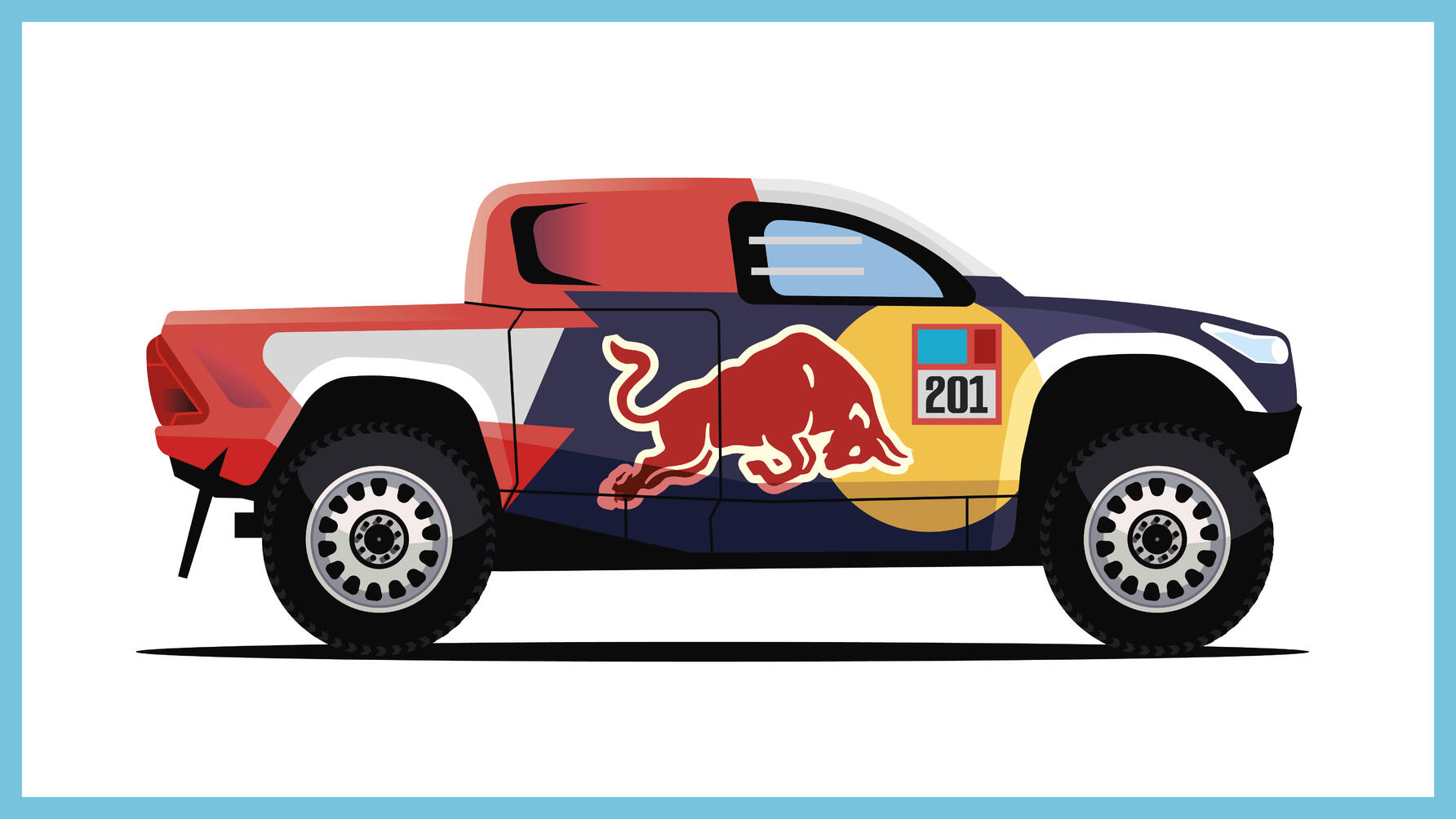
It’s fairly well understood that the Dakar Rally is hardly a time or place for regular hatchbacks. So in the car class, you’ll find anything from purpose-built racing cars to Land Cruisers with a roll cage and chunky tyres.
The fastest here are the T1 cars – proper space-frame chassis jobs that have been meticulously designed and built to dominate whichever domain they find themselves in. Here’s where the big names, big brands and big budgets come into play, with Peugeot, Toyota and Mini all claiming Dakar wins with their 3008 DKR, GR DKR Hilux and Mini All4 Racing respectively. Audi is a newer player here, heading into its third year at Dakar with a safer, comfier, easier to maintain version of its electrified turbo-nutter contraption that’s already got a handful of stage wins to its name.
But that’s not to say that T2 is, was or will be particularly cheap – or a somehow less-impressive spectacle. Mitsubishi went all-in on its Pajero Evolution for the T2 class, claiming 12 overall Dakar victories between 1985 and 2007 and creating one of the coolest homologation specials ever in the process.
Helpfully, the Pajero Evo also gives you some idea of the sort of cars that compete in T2: where T1 is the home of purpose-built machinery, T2 is for modified series production cars. The T2 class has played host to everything from proper homologation specials like the Pajero Evo to ready-for-the-dealer-forecourt 4x4s, kitted out and press-ganged into action.
Back in the early days, the car category hosted much more in the way of road-legal and road-based machinery. As you might expect, these road cars underwent quite a bit of modification to be able to go more than three feet into the desert without burying themselves in sand, but, with that said, Peugeot 504s and Renault 12s would sit on the entry list alongside Range Rovers and G-Wagens. You might not be surprised to find that bikes were actually faster than cars, then, taking a clean sweep of the podium in Dakar’s first year.
Special Cars
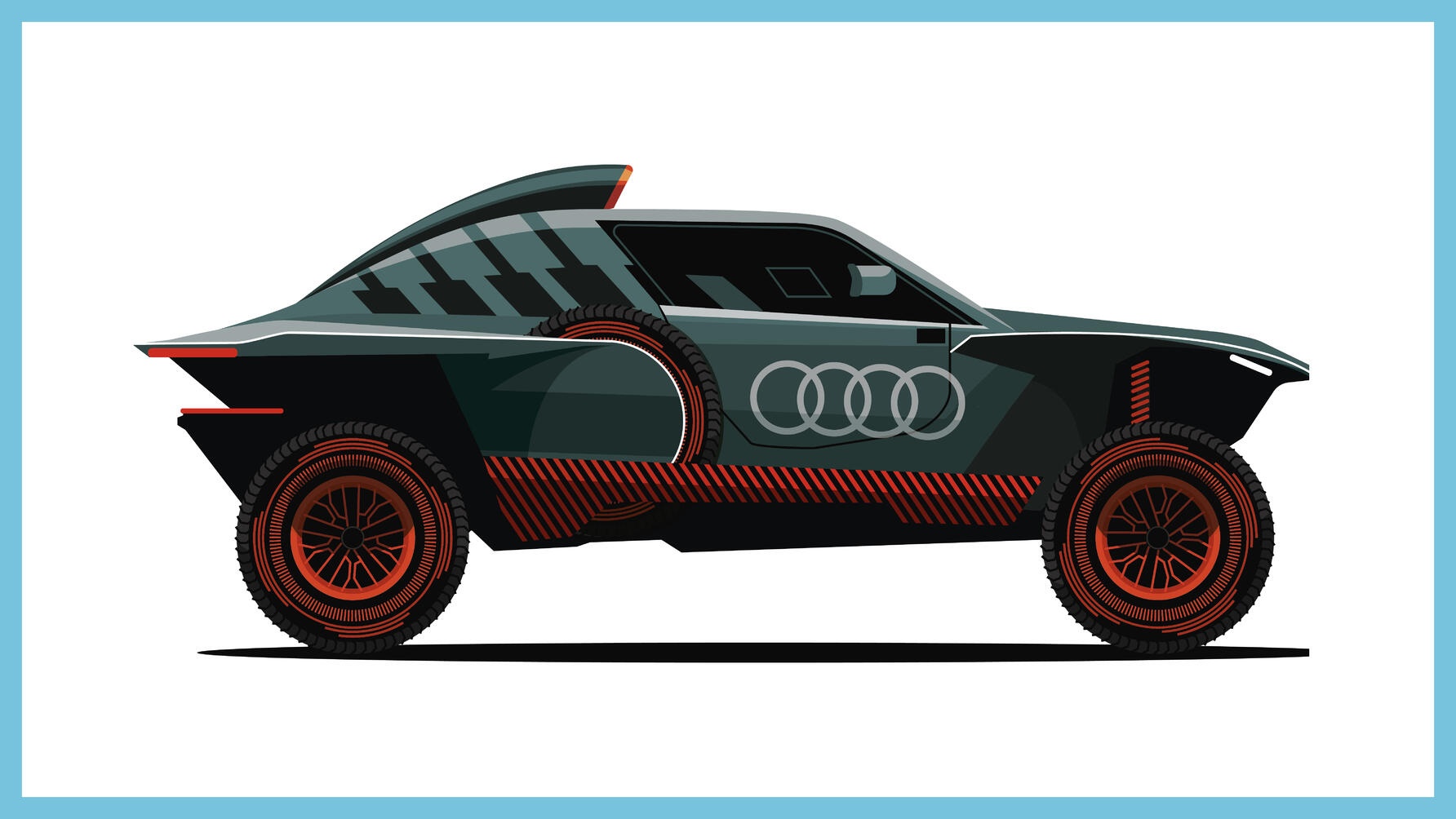
T1 is for purpose-built cars and T2 for production cars. If you’re thinking it’s all too easy, then you’d be right; you’ll find a number of exceedingly important suffixes attached to the cars running in the T1 class. Depending on the car (and indeed the year) in question, it could be running under T1.1, T1.2, T1.3, T1.4, T1.U, T1.E or T1+ regulations.
Audi Sport’s RSQ e-tron sits in... well, a class of its own – at least for now. What used to be called the T1.E (for Electric) is now T1.U, or Ultimate. The name might sound like it’s above the T1+ category but ‘balance of performance’ keeps the playing field balanced between the T1 sub-categories for more nail-biting competition.
Top Gear
Newsletter
Thank you for subscribing to our newsletter. Look out for your regular round-up of news, reviews and offers in your inbox.
Get all the latest news, reviews and exclusives, direct to your inbox.
T1.U is, in essence, a place to throw ideas at the wall to see what sticks. In this case it’s alternative fuels, the RS Q e-tron mixing petrol and electric power but only using the latter to actually power its four wheels. It’s safe to assume more electrified cars will eventually join it and – perhaps – the T1 class to be a bit more unified once everyone has similarly minded powertrains.
Indeed, a new Future Mission 1000 sub-category sees ten hydrogen, hybrid and fully electric competitors take to daily 100km routes in the hope of quickening up a less thirsty Dakar Rally. An environmental show ‘n’ tell. While the distances they’ll cover are shorter, don’t expect the dunes and rocks to be any less tough to overcome.
Buggies and Side-by-Sides
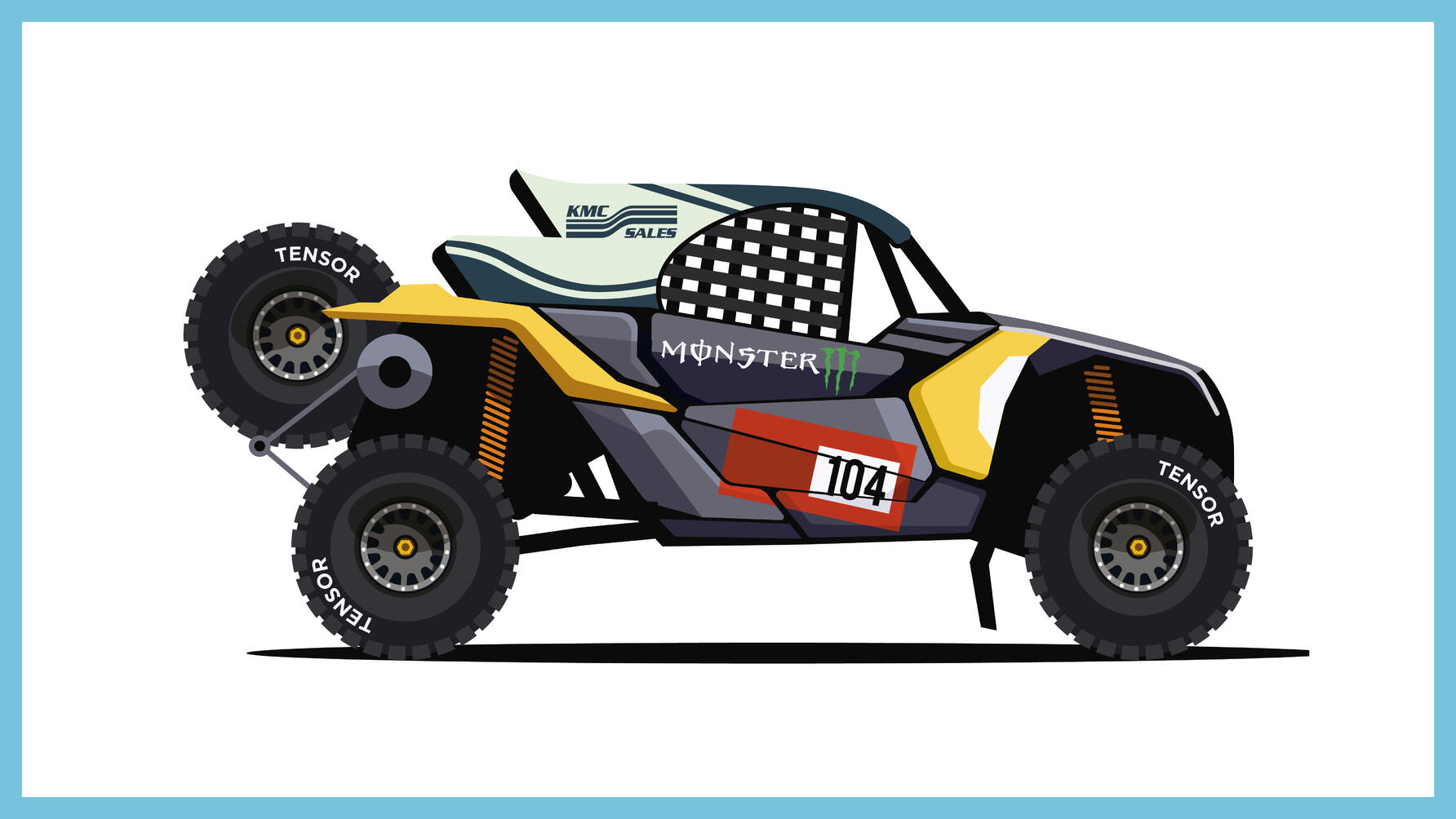
Side-by-sides are a great way to get into the Dakar Rally. But don’t think that buggies and side-by-sides are just some kind of feeder category for the main event. The T3 class is for custom-made racers, where there is no shortage of major manufacturer involvement and quarter given from anyone involved. T4, on the other hand, is akin to T2 in the car category, hosting modified production vehicles.
Watching these competitors in action is to see vehicles that seem, perhaps more than any other, more logically suited to their harsh environs – they’re lightweight, simple and purposeful, with suspension that travels more than a gap-year student and just enough bodywork to allow drivers to reach for that last brave pill.
Trucks
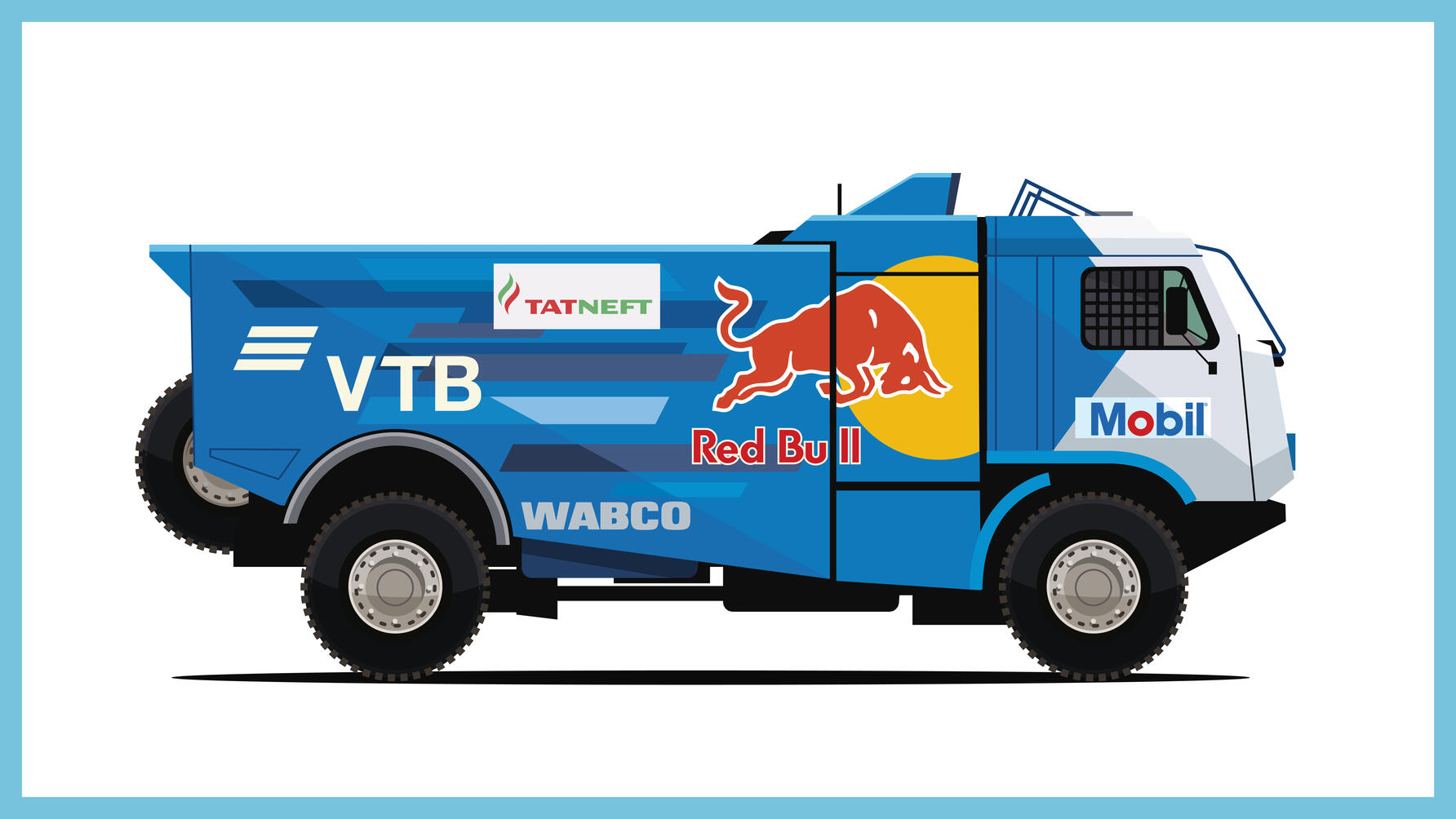
At the first Dakar in the late Seventies, trucks were there for support. It stands to reason, right? Trucks, by their nature, are generally rather large, quite useful for carrying things and as slow as waiting for a YouTuber to get to the point.
But then an unofficial race within a race kicked off: who’d be first to set up camp at that day’s bivouac? After all, you’re not going to be a support driver for a rally raid without some kind of affinity towards racing, so if the opportunity to blast across the empty desert presents itself – and your mates are in similar trucks – who isn’t going to give into temptation?
Thus the Truck category was born. If anyone could be considered its creator, it’d be Jan de Rooy, who started experimenting with the truck layout in the 1980s, resulting in a 10-tonne, twin-engined, 1200bhp DAF – with a total engine displacement of 23.2 litres and a top speed that outdid Ari Vatanen’s rally car. Holy moly.
Even now, the sheer numbers – and the spectacle – are every bit as staggering as they were in the late Eighties. But, being an FIA-certified category, even this level of lunacy is classified and shoehorned into a rulebook.
T5 is for all trucks, with decimal-pointed suffixes nailing down the detail – T5.1 for series production, T5.2 for modified and T5.3 for support trucks that are allowed on the rally route itself. Oh, and the bigger support trucks that actually perform the original truck role – supporting the racers from the bivouac – are technically classed as T6, but they take easier routes to each day’s destination to set up camp and put the kettle on. Bet they still have their own, unregulated competition though…
Classics
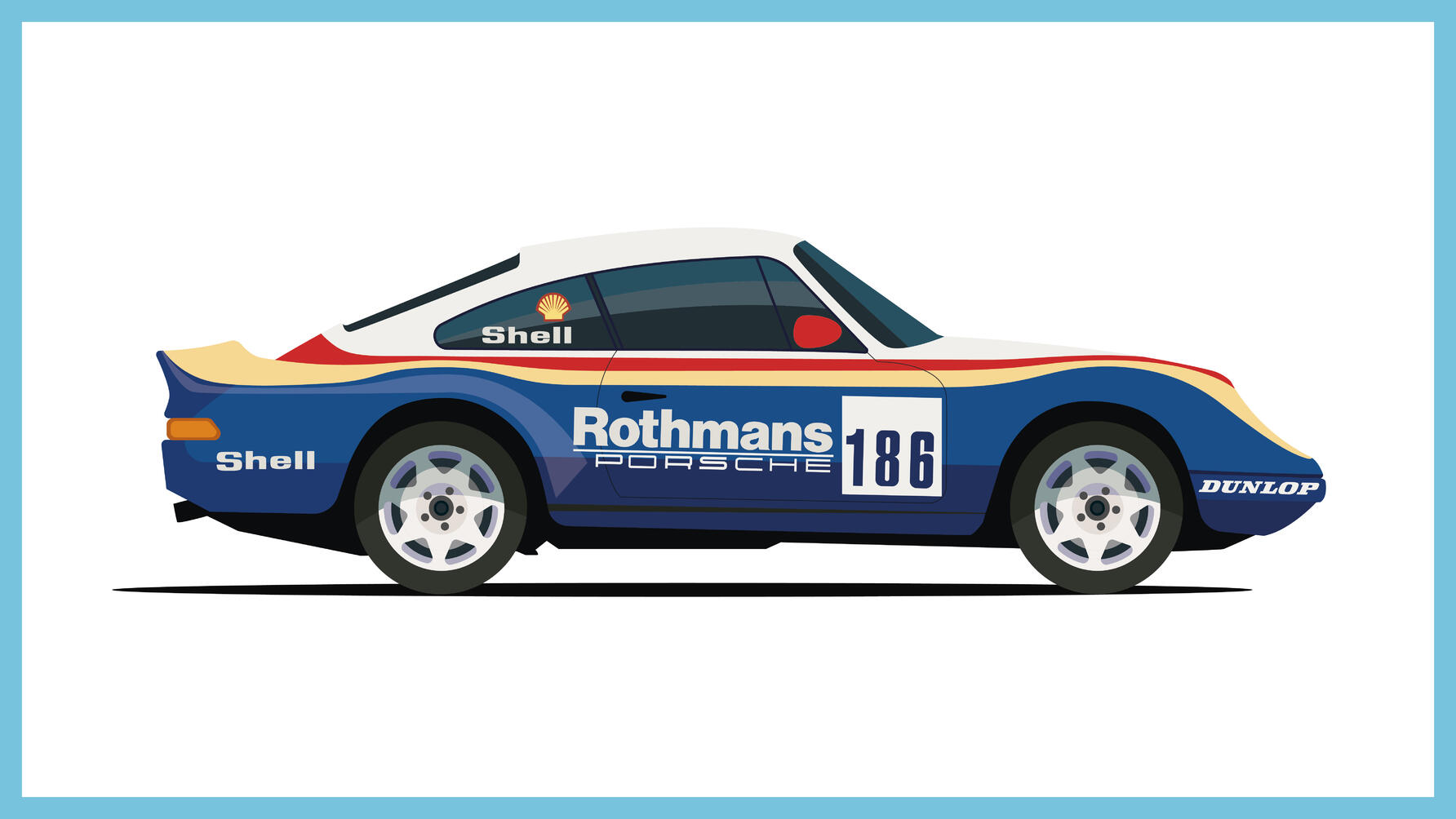
Introduced in 2021, the Classics category brings back – you guessed it – classic cars from Dakar Rallies past and evidence the organisers are tapping into retro subculture as much as the rest of the car industry.
Now, as wonderful as old race cars are, engineers tend to be quite clever. And in the intervening years between a flying Dutchman in his DAF – let alone the early days with Jacky Ickx in a G-Wagen – the game has moved on a touch. So rather than forcing these storied veterans to face the ignominy of regular competition, classic cars and trucks compete in a so-called ‘regularity rally’. In a nutshell, that means matching a specified time or prescribed distance rather than attempting to set the fastest time. The closer you are to that time or distance, the fewer points you get. And, like motorbike trials, golf or how many times you’ve seen Cats, the smaller number, the better.
All of which means it’s more than a meaningless greatest hits parade through the desert. And given that the ‘average speed’ they aim for is still properly quick, it’s easily one of the most alluring spectacles in an already spectacular event. With 80 competitors in 2024 it’s no token blast from the past.
Bikes
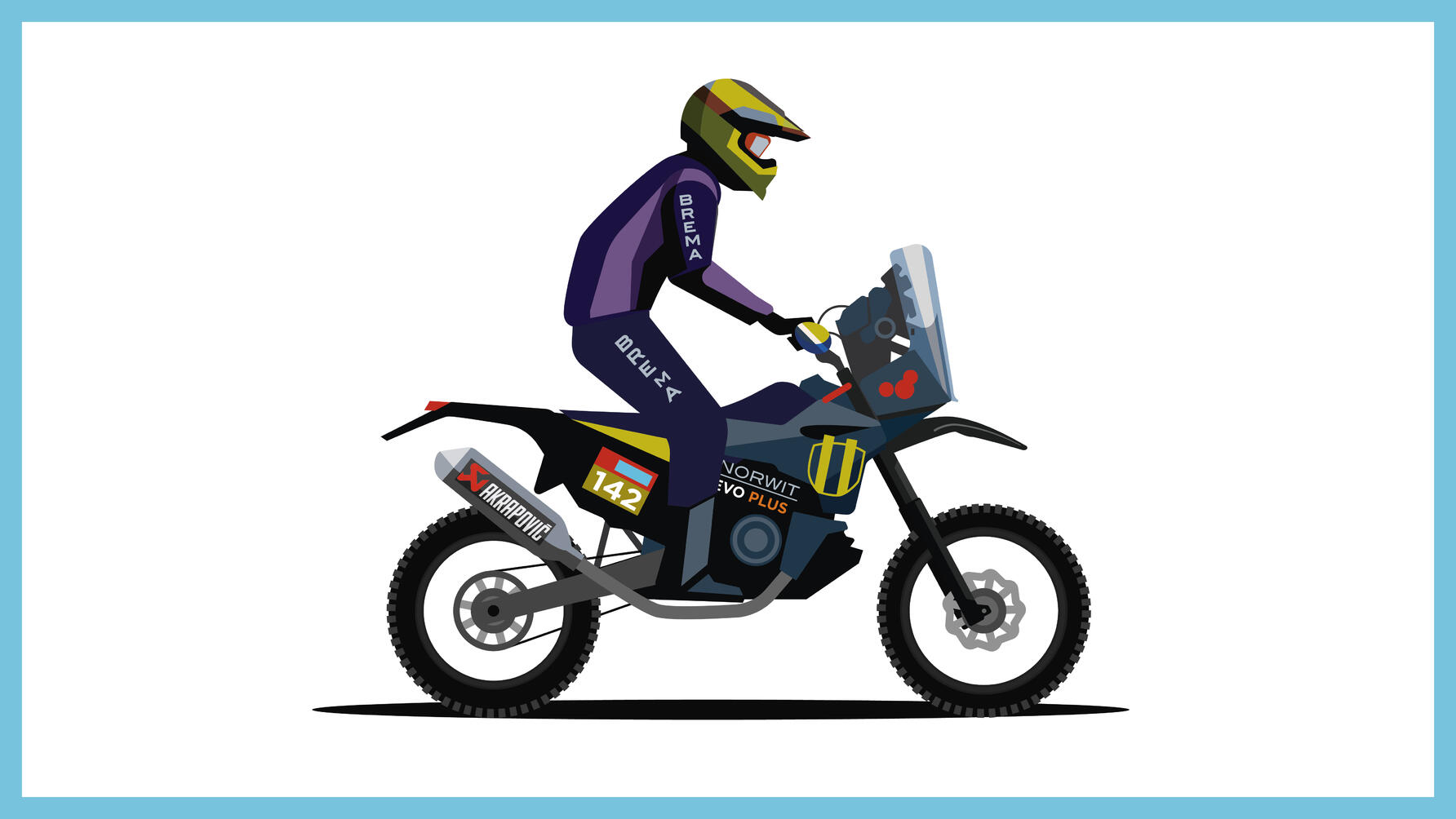
After having your brain crammed full of T1, T2 and any lesser Terminator films, you might be wondering where bikes fit in with the FIA’s detailed alphanumeric system. Well, short answer: they don’t. And the hint’s in the name, the ‘A’ in FIA representing Automobile.
Most things motorcycling – including races like World Superbike, MotoGP and the World Rally-Raid Championship, to name just a few – are under the purview of the FIM, leading to a different classification system.
At the top, you’ll find RallyGP and Dakar-winning riders like Sam Sunderland, Toby Price and Kevin Benavides – as well as categories for women, juniors and veterans. From there, Rally2 is for those brave, tough and qualified enough to take on something like Dakar, but don’t have the experience (or indeed level of backing) of RallyGP riders. Rally3 rounds things out with modified factory bikes, as opposed to dedicated dust-bashers.
But then, just to add a touch more confusion, there are three Dakar-specific bike classes – Legend (or elite) for the top tier, Rookie (self-explanatory enough) and original, for those who compete without any assistance and with limited resources. Cheer them on loudest.
With 137 bikes entering Dakar 2024, this is also the chunkiest category of the event…
Quads
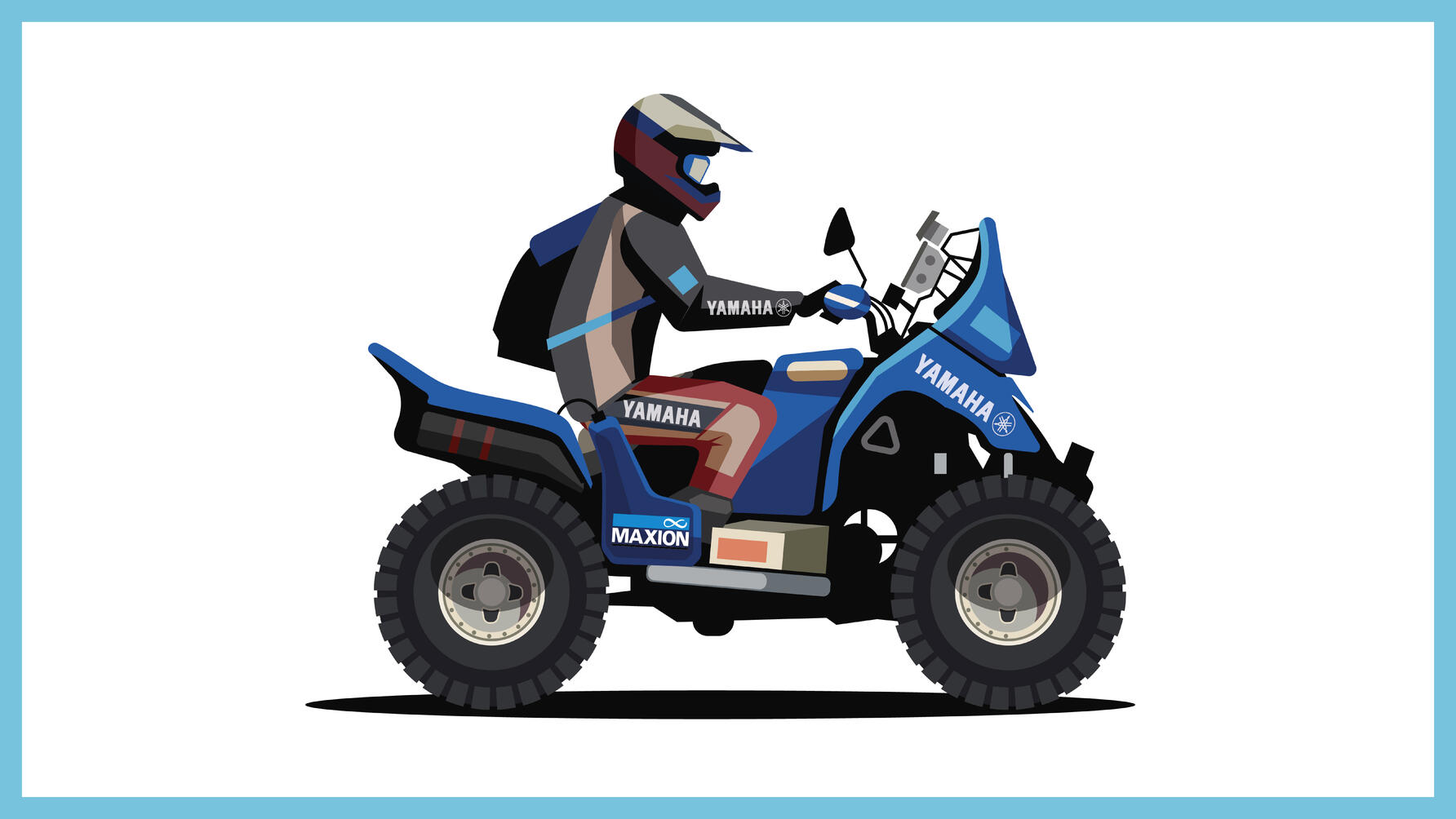
…whereas there’ll be just ten hardy souls gripping tightly to a Quad. Each and every one of them a Yamaha, too. And you thought they were good at pianos.
Because of the largely inescapable force of ‘physics’, quads could only be more liable to tip over without warning if they’d had 15 pints and no dinner. And yet due to their smaller tyre size than the bikes they’re also less able to pick through technical rocky terrain.
So while the sight of a quad bike roosting sand is never boring, the spectacle might be even more hard-won than on those bikes. The days are longer, the going is tougher and the overnight rest breaks might even outdo those of new-born parents for how few hours of sleep await. No wonder it’s Dakar’s smallest category. For those about to ride, we salute you.
Illustrations: Peter Greenwood
More from Top Gear
Trending this week
- Car Review
BMW iX3




